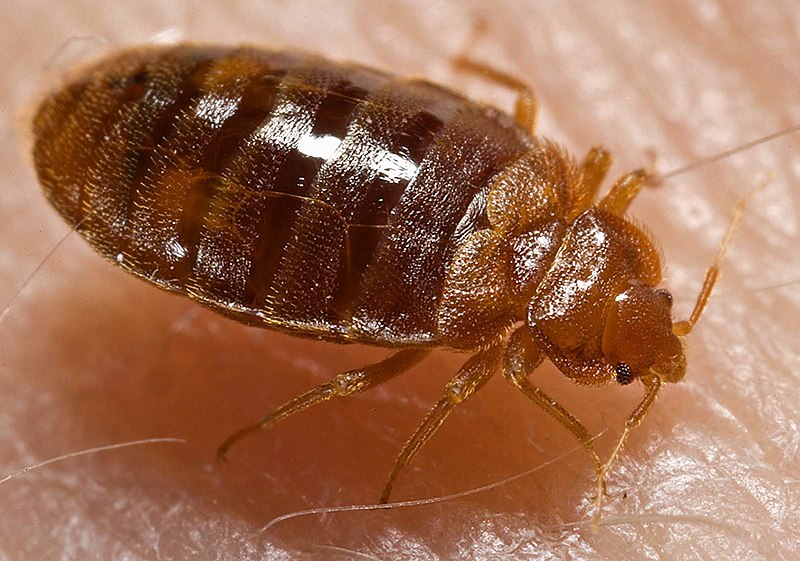ファイル:Bed bug, Cimex lectularius.jpg

このプレビューのサイズ: 800 × 561 ピクセル。 その他の解像度: 320 × 224 ピクセル | 640 × 449 ピクセル | 1,024 × 718 ピクセル | 1,280 × 898 ピクセル | 1,600 × 1,122 ピクセル。
元のファイル (1,600 × 1,122 ピクセル、ファイルサイズ: 161キロバイト、MIME タイプ: image/jpeg)
ファイルの履歴
過去の版のファイルを表示するには、その版の日時をクリックしてください。
| 日付と時刻 | サムネイル | 寸法 | 利用者 | コメント | |
|---|---|---|---|---|---|
| 現在の版 | 2007年5月17日 (木) 14:11 |  | 1,600 × 1,122 (161キロバイト) | Patho | == Summary == {{Information |Description=ID#: 9822 Description: This 2006 photograph depicted an oblique-dorsal view of a '''bed bug nymph, Cimex lectularius''', as it was in the process of ingesting a blood meal from the arm of a “voluntary” human h |
ファイルの使用状況
以下のページがこのファイルを使用しています:
グローバルなファイル使用状況
以下に挙げる他のウィキがこの画像を使っています:
- af.wikipedia.org での使用状況
- an.wikipedia.org での使用状況
- ar.wikipedia.org での使用状況
- arz.wikipedia.org での使用状況
- ast.wikipedia.org での使用状況
- as.wikipedia.org での使用状況
- azb.wikipedia.org での使用状況
- be.wikipedia.org での使用状況
- bg.wikipedia.org での使用状況
- bjn.wikipedia.org での使用状況
- bn.wikipedia.org での使用状況
- bs.wikipedia.org での使用状況
- ca.wikipedia.org での使用状況
- ca.wikiquote.org での使用状況
- ca.wiktionary.org での使用状況
- ceb.wikipedia.org での使用状況
- cs.wikipedia.org での使用状況
- cv.wikipedia.org での使用状況
- dag.wikipedia.org での使用状況
- de.wikibooks.org での使用状況
- din.wikipedia.org での使用状況
- el.wikipedia.org での使用状況
- eml.wikipedia.org での使用状況
- en.wikipedia.org での使用状況
- en.wikinews.org での使用状況
- en.wiktionary.org での使用状況
このファイルのグローバル使用状況を表示する。
